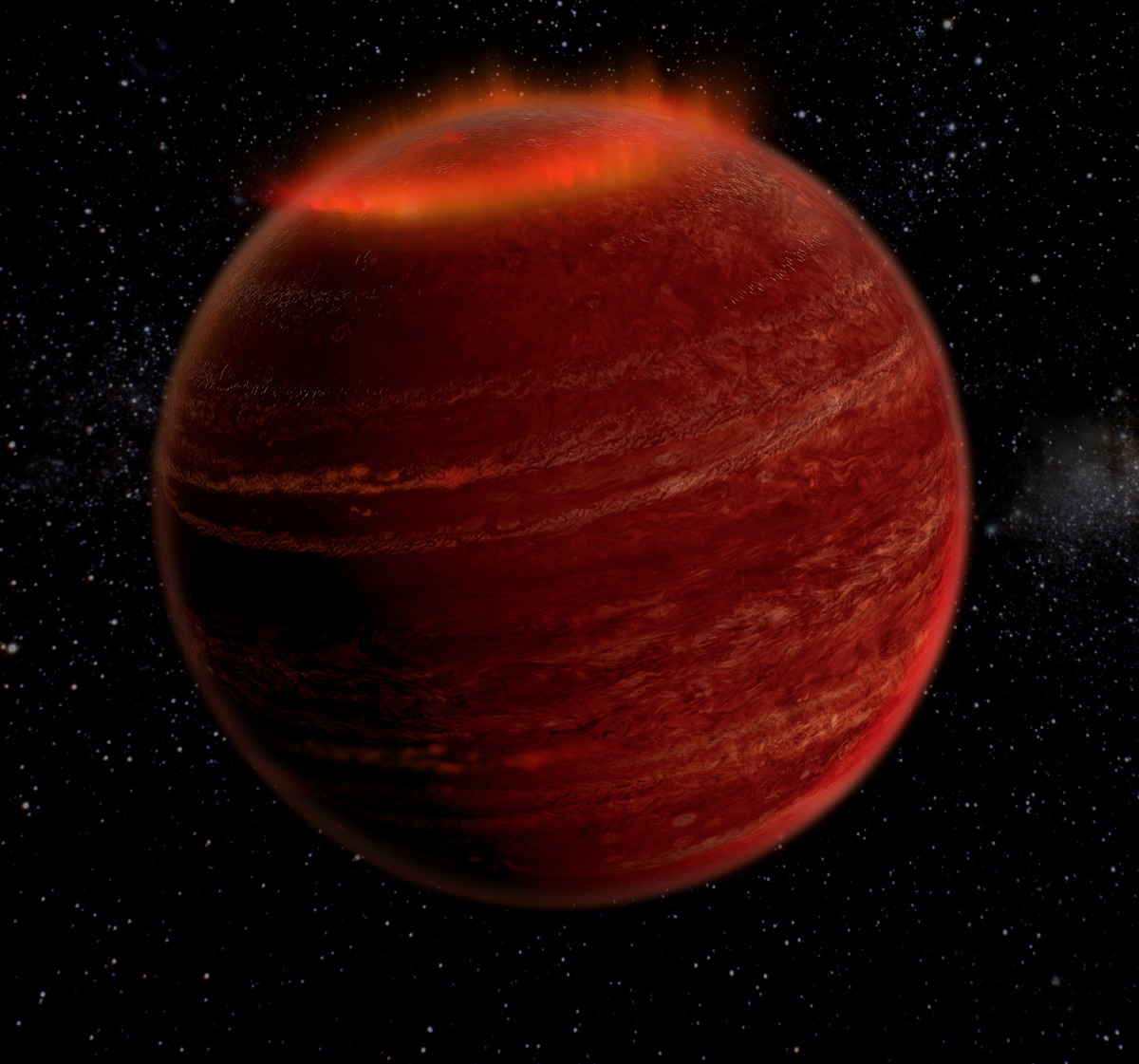Best Space Stories of the Week — August 2, 2015

An alien aurora 1 million times brighter than Earth's, robots building a moon telescope, a $5.5 billion asteroid and more in Space.com's top news stories of the week.
Brilliant alien auroras spotted
For the first time, astronomers have spotted an aurora outside of the solar system, coming from a Jupiter-sized brown dwarf star. More normally seen near Earth's poles, auroras are caused by electrically charged particles caught in a magnetic field. [Full Story: First Alien Auroras Found, Are 1 Million Times Brighter Than Any On Earth]
Co-pilot's mistake linked to fatal spaceship crash
National Transporation Safety Board representatives announced that Virgin Galactic's SpaceShipTwo crash during a test flight last year was caused by its co-pilot deploying the commercial space plane's re-entry system too quickly. [Full Story: Deadly SpaceShipTwo Crash Caused by Co-Pilot Error]
Introducing our rocky neighbor
Astronomers spotted a rocky exoplanet just 21 light-years from Earth, closer than any other rocky alien world found. The newly-discovered world is around 4.5 times the size of Earth, and it shares its system with three other planets. [Full Story: Closest Rocky Alien Planet Discovered]
Get the Space.com Newsletter
Breaking space news, the latest updates on rocket launches, skywatching events and more!
Once in a blue moon
A blue moon took the sky Friday, July 31, but there were no changes in the orb's color: the title refers to the second full moon in a month. Rarely, though, the moon can actually appear blue after volcanic eruptions or fires. [Full Story: Blue Moon of 2015 Thrills Skywatchers with Lunar Beauty (Photos)]
Dwarf planet Ceres' bright spots generate crater-wide atmosphere
By releasing gas into space, the mysterious bright spots at the bottom of Ceres' Occator Crater seem to fill the crater with its own private atmosphere. [Full Story: Strange Bright Spots on Ceres Create Mini-Atmosphere on Dwarf Planet]
Spendthrifts rejoice: $10 billion moon mission is possible
At 10 percent of NASA's previous cost estimate, a moon mission taking advantage of private spaceflight companies could come remarkably cheap. A new NASA-funded study gives the details and describes a $40 billion moon base, to boot. [Full Story: Moon Base Would Be Cheap with Help from Private Industry: Report]
Passing asteroid packs trillions in platinum
The asteroid that whizzed past Earth Sunday, July 19, was no mundane collection of space pebbles: it was a solid body containing around $5.5 billion worth of platinum, as estimated by asteroid-mining company Planetary Resources. It will pass our way again in 2108. [Full Story: 'Trillion-Dollar Asteroid' Zooms by Earth as Scientists Watch]
NASA tells Congress: Megarocket slashes travel times
NASA's Space Launch System, scheduled to fly in 2018, would usher astronauts to asteroids and Mars and could also cut down robotic exploration times. A probe riding that rocket could reach Europa in less than three years instead of the projected eight. [Full Story: NASA's Next Megarocket could Launch Mission to Europa]
Far-side moon face the perfect place for a new radio telescope
Orbiting astronauts would control a rover's unfurling of a new radio telescope array on the far side of the moon. From that vantage point, the telescope will be able to explore the skies without humans' radio frequency interference. [Full Story: How Robots Could Build a Radio Telescope on Far Side of the Moon]
Philae's new comet finds announced
After a crash landing last year and recent reconnection with the comet-orbiting Rosetta, the Philae comet lander finally sent along its initial observations of its landing place. Researchers now know that Comet 67P is porous with a homogenous interior but a diverse surface covered in varying organic molecules. [Full Story: Surprising Comet Discoveries by Rosetta's Philae Lander Unveiled]
Email Sarah Lewin at slewin@space.com or follow her @SarahExplains. Follow us @Spacedotcom, Facebook and Google+.
Join our Space Forums to keep talking space on the latest missions, night sky and more! And if you have a news tip, correction or comment, let us know at: community@space.com.

Sarah Lewin started writing for Space.com in June of 2015 as a Staff Writer and became Associate Editor in 2019 . Her work has been featured by Scientific American, IEEE Spectrum, Quanta Magazine, Wired, The Scientist, Science Friday and WGBH's Inside NOVA. Sarah has an MA from NYU's Science, Health and Environmental Reporting Program and an AB in mathematics from Brown University. When not writing, reading or thinking about space, Sarah enjoys musical theatre and mathematical papercraft. She is currently Assistant News Editor at Scientific American. You can follow her on Twitter @SarahExplains.









